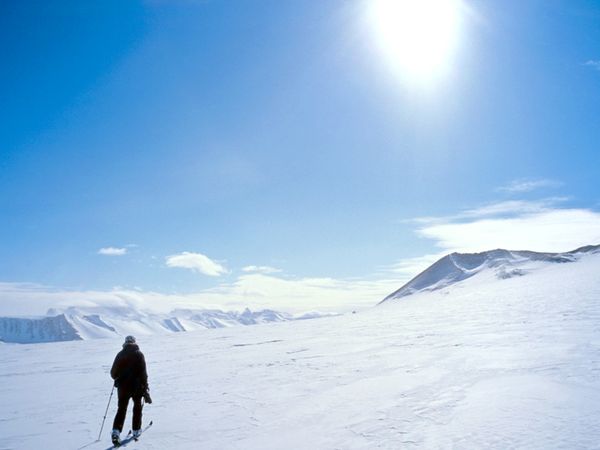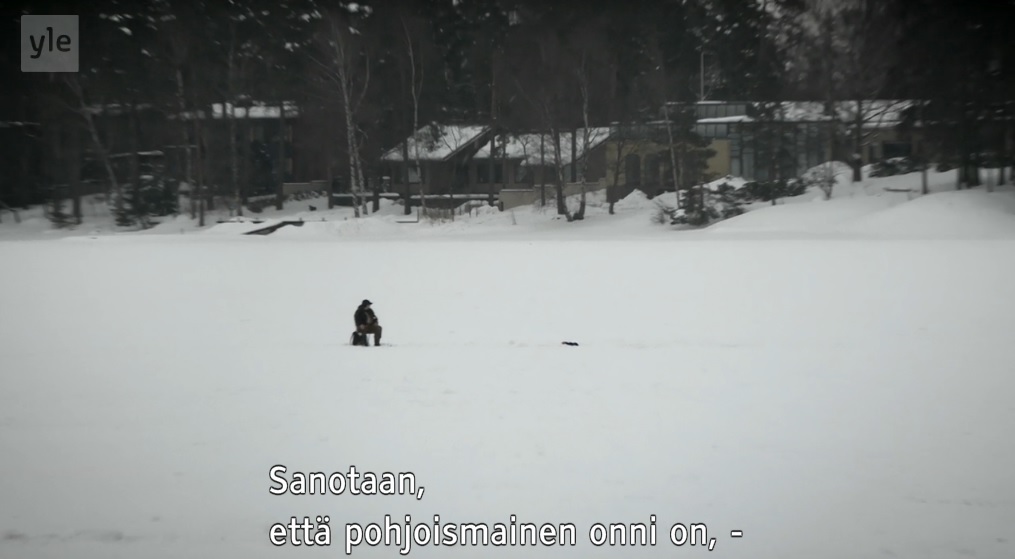In December 2016 Sweden and Finland celebrated the adoption of the world’s first Freedom of Print Act 250 years ago. This law was a perfect opportunity to brand these Nordic countries as leading nations in yet another field of politics and society. In Finland, the year ended with a scandal as two journalists from the public broadcasting company YLE ended up resigning as a protest to their lack of journalistic freedom. The YLE had run a story about the possible judicial disqualification of Prime Minister Juha Sipilä in investing government money in the state-owned mining company Terrafame. Sipilä reacted heavily by repeatedly putting pressure on the YLE journalists, and the YLE’s leadership ended up downplaying the story. (A BBC story about it can be found here and one the most in-depth text recap of the process along with an analysis and links can be found here in Finnish.)
As always, there are many sides to this story, but here I would like to point at two very persistent narratives about Finnish public debate that resurfaced in the debate about YLE and Sipilä: the transparency narrative and the self-censorship narrative.
The first story has to do with the Freedom of Print Act from 1766. In this case, the high level of press freedom, ample access to public documents and general transparency in society in both Sweden and Finland is traced back to 1766. There are national differences here, in Sweden the celebration of the act last year has tended to focus on the parliament (Riksdag) and political culture, whereas in Finland the celebrations have given Anders Chydenius, the author of the first memorandum proposing such an act, much greater space. Chydenius was a Swedish subject, but born and active in the Finnish part of the Swedish realm. This nationalization of the heritage of openness is hardly surprising nor has it gone unnoticed in Finnish public debate. (One part of the celebration is the publication of Chydenius’s collected works, an impressive publication project that was concluded in 2016.)
The continuity from 1766 to the present is historically difficult to defend. The 1766 Act was in force only for eight years, and significantly changed after Gustavus III became king. After that, issues of printing privileges have been a recurring topic for political contestation. In the Finnish case, the continuity is even weaker, since Finland’s nineteenth-century experience as a Grand Duchy in the Russian Empire entailed rather illiberal printing policies. If there is a continuity in the tradition of freedom of print and openness, it is not due to a continuity in legislation, but because there have been people who have referred to 1766 and the last years of the Age of Liberty as a model and kept that tradition alive in political debates. This is particularly clear in the case of Chydenius and the representations of him in historiography. It was not until the late nineteenth century (as Matti Klinge has shown) that Chydenius was made into a national hero, and it was not until the emerging European integration that Finland started boasting its long tradition of Nordic openness (as Tero Erkkilä has shown).
It is the age of the Grand Duchy that is the source for the second narrative of Finnish public debate, namely a story of a Finnish tradition of self-censorship. Here, the narrative suggests that Finnish intellectuals and politicians developed a way of not pushing the limits of public debate during the autocracy in order to keep their autonomy in developing the country without interference form the Emperor. Again a continuity in political culture is suggested by pointing to the period of Finlandisierung during the Cold War and Finland’s “best pupil in the class” relationship to the big EU countries today. More broadly, a continuity is seen instances in which any type of organization avoids “rocking the boat” or simply “being difficult” in order not to upset the powers that be. The national broadcasting company avoiding to give too much publicity to news that deal with the Prime Minister’s possible judicial disqualification, is a paradigm example of this.
This narrative is present also in the related discourse of Finland as a country with only one truth. In Sweden and Norway a related phenomenon is conceptualized through the metaphor “opinion corridor” (Sw. åsiktskorridor, No. meningskorridor) launched by the political scientist Henrik Oscarsson. In this metaphor debating culture is seeing as open to a certain point, but when opinions that deviate from those that are accepted they are immediately rejected without proper engagement. While the Finnish one-truth syndrome has to do with not wanting to rock the boat and derived from the so-called Russian age in the nineteenth century, the Scandinavian opinion corridor seems to be associated with the correct opinions and derived from the hegemony of social democracy in the twentieth century. Both labels are obvious simplifications, but that these themes recur in debates is fascinating and certainly worth noting as ingredients in political culture.
The criticism of Finnish political culture as seeking for consensus through self-censorship rather than promoting debate through presenting different ideas are widespread. (A recent example by Sanna Ukkola is here, and a more in depth discussion is to be found in Lotta Lounasmeri’s dissertation on Helsingin Sanomat and the globalization debate here). A more positive evaluation is also possible. Then different terms are used. Matti Klinge famously writes about the idea of Finnish loyalism in the nineteenth century that allowed for Finnish nation building to take place without upsetting the Russian authorities and thus avoiding the Polish catastrophe. In a similar spirit Finlandisierung becomes Realpolitik in the spirit of Kekkonen and Paasikivi and modern journalism that avoids aggressive confrontation becomes solution-centered.
So, one may ask how a narrative of Nordic openness stressing how well Finland (1st, 2016), Norway (3rd, Iceland (19th in 2016, but usually much higher), Denmark (4th) and Sweden (8th) do in World Press Freedom Index goes together with narratives of self-censorship or the opinion corridor? Well, there is no necessary contradiction. The two narratives about Finnish public debate are obviously very simplified, the first one almost obnoxiously positive and the second one highly critical, but keeping them both in mind paints a more nuanced picture of how debate works. Both aspects are present in every news item, every interaction between the media watchdogs and the elite, and every decision to publish or not. If there is a continuity from 1766 to present day Sweden and Finland, then it is because that continuity is being reinvented over and over again through conscious choices. The choices by Juha Sipilä and the public broadcasting company YLE are not game-changing in that sense, but they are one instance in which traditions of public debate is shaped. What is almost sure, is that Finland ranking as the top country in the World Press Freedom Index for seven consecutive years will not be followed by an eight year. What will happen in 2018 is an open question.
JANI MARJANEN is a postdoctoral researcher at the Centre for Nordic Studies (University of Helsinki) and participates in the project “The Public Sphere and Freedom of Expression in the Nordic Countries, 1815-1900” funded by Oslo University.


